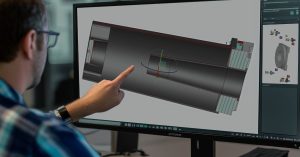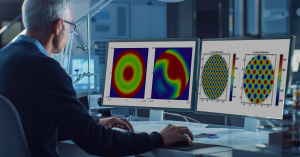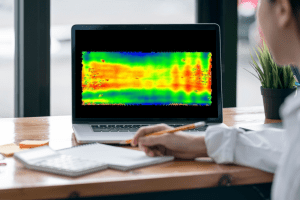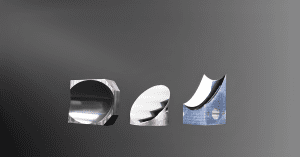Wide Field Space Imaging Project Overview
Meeting the growing demand for large-area Earth observation requires optical systems that combine wide field of view, high optical performance, and compact design. One such solution is a space camera optical system based on an off-axis four-mirror freeform design, achieving a 70° ultra-wide field of view from a 640 km orbital altitude.
This system demonstrates how freeform optics and advanced integration techniques can unlock new possibilities in spaceborne imaging.
Mission Objectives
This project aimed to develop a space camera system capable of:- Capturing wide-area coverage in a single pass
- Maintaining geometric and radiometric accuracy across the full field
- Operating reliably in low Earth orbit (LEO)
Optical Design Highlights
Ultra-Wide Field of View: 70°
The system delivers an exceptionally wide 70° field of view, a capability rarely achieved without significant aberrations. This was made possible through the use of an off-axis four-mirror optical configuration, carefully optimized to correct for distortion, coma, and astigmatism across the entire field.Orbit Altitude and Swath Width
From an altitude of 640 km, the system achieves an 800 km swath width on the ground—enabling coverage of large regions in a single pass. This is ideal for missions where rapid temporal coverage and large-area mapping are priorities.Ground Resolution
While the system’s 16-meter ground resolution is moderate by current high-resolution standards, it is sufficient for regional scale analysis, including vegetation monitoring, forest mapping, and surface change detection.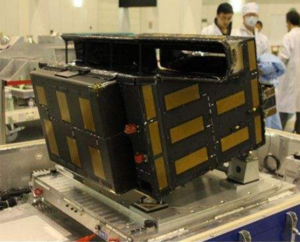
Technical Challenges and Solutions
Off-Axis Freeform Optics
The design required precise fabrication of off-axis aspheric and freeform mirrors, which are inherently more challenging than standard rotationally symmetric optics. Each mirror needed tight surface figure tolerances to maintain image quality over the large field.
Solutions included:
- Advanced CNC polishing and sub-aperture figuring methods
- Interferometric testing of off-axis segments using custom null optics
- Freeform metrology to measure complex surface shapes
Precision Alignment and Integration
Off-axis systems are highly sensitive to alignment errors. The team implemented:
- Kinematic mounts and precision adjustment stages for assembly
- Metrology-guided alignment procedures using laser trackers and optical benches
- Thermal compensation strategies for in-orbit stability
Outcomes
The camera system has successfully demonstrated:- Reliable imaging performance in orbit
- Consistent wide-area data collection
- Long-term optical and structural stability
Key elements
- Off-axis freeform designs are critical enablers for wide-field, high-performance space imaging.
- Mastery of freeform fabrication and integration is essential to realizing these systems.
A 70° field of view combined with a 640 km orbit and 800 km swath width delivers strategic value for monitoring applications requiring fast revisit and broad coverage.
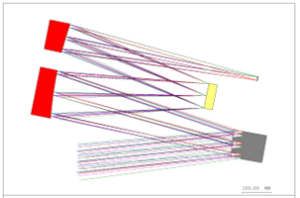
Looking Ahead
As Earth observation demands continue to evolve, systems like this offer a scalable platform. Future enhancements could focus on:
- Integrating higher-resolution detectors
- Deploying as part of constellation-based architectures
- Expanding into multi-spectral or hyperspectral capabilities
Related content
GREAT ARTICLE!
Share this article to gain insights from your connections!


